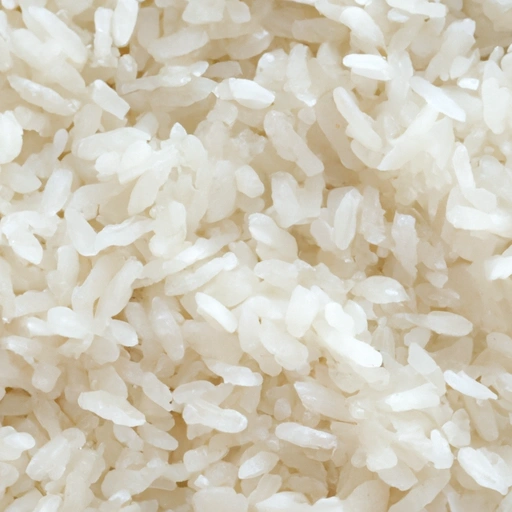Converted Rice
Description

Converted rice, also known as parboiled rice, is a unique type of rice that undergoes a special processing technique. This involves partially boiling the rice in the husk, which allows some of the nutrients from the bran to be absorbed into the grain, making it more nutritious than regular white rice. After this process, the rice is dried and milled, resulting in grains that are firmer and less sticky. Converted rice is appreciated for its longer shelf life and quicker cooking time, making it a convenient and healthy option for many recipes.
Common uses
Converted rice is commonly used as a base for various dishes such as pilafs, casseroles, salads, and as a side to stews, curries, and grilled meats. It is also utilized in dishes that require the rice to hold its shape and not clump together, making it ideal for meal prepping and buffet-style servings.
Nutritional value
Calories
A 100-gram serving of cooked converted rice typically contains around 130 calories (or approximately 544 kilojoules).
Protein
Converted rice provides about 2.9 grams of protein per 100 grams.
Fat
This rice variety is low in fat, with roughly 0.3 grams per 100 grams.
Carbohydrates
Carbohydrates are plentiful in converted rice, with about 28 grams per 100 grams, most of which are complex carbs.
Vitamins
Converted rice is a source of B vitamins, including thiamine and niacin, due to the parboiling process.
Minerals
Minerals such as iron and magnesium are more concentrated in converted rice compared to white rice.
Health benefits
Due to the preservation of nutrients during the parboiling process, converted rice can have several health benefits. It has a lower glycemic index than white rice, which may be beneficial for blood sugar control. The additional nutrients, such as B vitamins and minerals, contribute to overall health and metabolism.
Potential risks
While converted rice is generally safe to consume, overconsumption may lead to an excessive intake of carbohydrates. As with all grains, there's a potential risk for contamination with arsenic, although the parboiling process can reduce the levels of this contaminant.
Common recipes
Converted rice is a staple ingredient in many dishes around the world, including the classic Creole dish jambalaya, Spanish paella, and various Asian stir-fries.
Cooking methods
It can be cooked on the stovetop, in a rice cooker, or in the microwave. The standard water-to-rice ratio is about 2 cups of water to 1 cup of rice (or 475 milliliters to about 185 grams), with a cooking time of 20-25 minutes.
Pairing with other ingredients
Converted rice pairs well with robust flavors such as garlic, onion, and herbs, as well as with proteins like chicken, fish, and beans.
Summary
Converted rice is a versatile, nutritious grain that has been partially cooked and dried to retain nutrients and provide a firmer, fluffier texture. It remains a popular choice globally for its health benefits, ease of cooking, and ability to complement a wide variety of dishes.